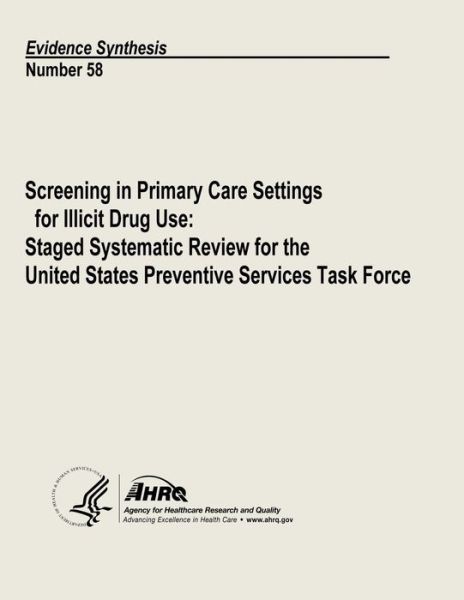
Recomienda este artículo a tus amigos:
Disease-modifying Antirheumatic Drugs (Dmards) in Children with Juvenile Idiopathic Arthritis (Jia): Comparative Effectiveness Review Number 28
U S Department of Heal Human Services
Disease-modifying Antirheumatic Drugs (Dmards) in Children with Juvenile Idiopathic Arthritis (Jia): Comparative Effectiveness Review Number 28
U S Department of Heal Human Services
Publisher Marketing: Juvenile idiopathic arthritis (JIA) is the most common rheumatologic disease in childhood. JIA is an important cause of chronic disease in childhood, with prevalence similar to type I diabetes mellitus. Several classification systems have been used over time to categorize the various categories of juvenile arthritis, including juvenile rheumatoid arthritis (JRA) and juvenile chronic arthritis (JCA), based upon clinical presentation and disease course. In 1995, the International League of Associations for Rheumatology (ILAR) proposed a new classification system, JIA, which consists of seven main categories. These categories are useful in examining potential differences in treatment response and prognosis. The main categories of JIA are: Systemic arthritis: Initial presentation includes spiking fever, rash, and arthritis; one quarter of children who present in this way may have severe destructive disease. Oligoarthritis: Affects up to four joints within the first 6 months of illness; may be persistent or extended, and may be associated with uveitis. Rheumatoid-factor positive (RF]) polyarthritis: Affects five or more joints during the first 6 months of disease, and is more likely to result in destructive joint disease; may be associated with uveitis. Rheumatoid-factor negative (RF-) polyarthritis: Affects five or more joints during the first 6 months of disease; may be associated with uveitis. Enthesitis-related arthritis: May be associated with uveitis. Psoriatic arthritis: May be associated with uveitis. Undifferentiated: Arthritis lasting more than 6 weeks that does not meet the criteria for any of the above categories, or that meets the criteria for more than one category. There is no cure for JIA, but over the past 25 years new therapies have provided great advances in treatment and symptom control. Previous treatments with nonsteroidal anti-inflammatory drugs and corticosteroids were only partially effective in treating the symptoms of arthritis and reducing long-term complications. Treatment with the class of agents known as disease-modifying antirheumatic drugs (DMARDs) has become an increasingly important component of care because these drugs appear to lead to better disease control, with higher numbers of children achieving remission, and fewer children suffering long-term joint damage. DMARDs interfere with the making or working of immune cells that cause joint inflammation and are typically classified as either biologic drugs, which are created by biologic processes, or non-biologic drugs, which are manufactured chemically. This comparative effectiveness review summarizes the evidence on the benefits and harms of DMARDs compared to conventional treatment (NSAIDs and/or intra-articular corticosteroids) with or without methotrexate, and of the various DMARDs compared to one another, in children with JIA. In addition, this review summarizes the usefulness of selected tools commonly used to measure clinical outcomes associated with JIA. Key questions addressed are: KQ1. In children with JIA, does treatment with DMARDs, compared to conventional treatment with or without methotrexate, improve laboratory measures of inflammation or radiological progression, symptoms, or health status? KQ2. In children with JIA, what are the comparative effects of DMARDs on laboratory markers of inflammation or radiological progression, symptoms (e.g., pain, symptom scores), or health status? KQ3. In children with JIA, does the rate and type of adverse events differ between the various DMARDs or between DMARDs and conventional treatment with or without methotrexate? KQ4. How do the efficacy, effectiveness, safety, and adverse effects of treatment with DMARDs differ among the various categories of JIA? KQ5. What are the validity, reliability, responsiveness, and feasibility of the clinical outcomes measures for childhood JIA that are commonly used in clinical trials or within the clinical practice setting?
| Medios de comunicación | Libros Paperback Book (Libro con tapa blanda y lomo encolado) |
| Publicado | 16 de abril de 2013 |
| ISBN13 | 9781484133804 |
| Editores | Createspace |
| Páginas | 318 |
| Dimensiones | 216 × 280 × 17 mm · 739 g |

































